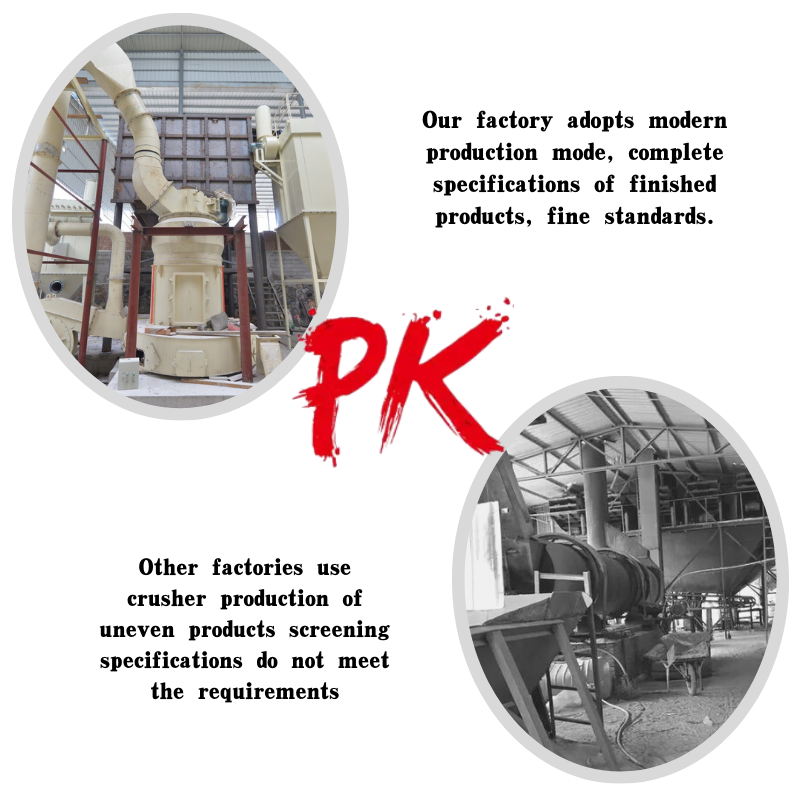
fly ash used in construction
The Role of Fly Ash in Modern Construction
In the ever-evolving landscape of construction, sustainability and efficiency have emerged as two critical pillars that guide the choice of materials used in building projects. One material that has garnered significant attention and praise in recent years is fly ash. Produced as a byproduct from the combustion of pulverized coal in power plants, fly ash is being increasingly recognized for its potential to enhance the quality and sustainability of construction practices.
What is Fly Ash?
Fly ash is a fine, glassy powder that results from the burning of coal in electric power generating plants. It primarily consists of silica, alumina, and iron oxide, and its chemical composition can vary based on the type of coal used and the specific conditions of combustion. Fly ash can be classified into two main types Class F and Class C. Class F fly ash is produced from anthracite or bituminous coal, while Class C fly ash comes from lignite coal. Each type has unique properties that can benefit different construction applications.
Sustainable Construction Practices
The construction industry is one of the largest consumers of natural resources and is known for producing substantial amounts of waste. By incorporating fly ash into construction processes, there is a possibility to reduce the consumption of virgin materials, which is an essential aspect of sustainable building practices. Using fly ash in concrete production not only reuses a waste product but also lessens the demand for Portland cement, a material whose production is energy-intensive and carbon emissions-heavy.
Benefits of Fly Ash in Concrete
1. Improved Workability When fly ash is added to concrete, it enhances the workability and flowability of the mix. This improved handling can make it easier for contractors to place and finish concrete, particularly in complicated applications like pumping.
2. Enhanced Durability Fly ash is known to contribute to the durability of concrete structures. It increases resistance to sulfate attack, reduces permeability, and enhances the material's overall longevity. Such benefits are particularly crucial for structures exposed to harsh environmental conditions, including bridges and roadways.
fly ash used in construction

3. Strength Development While the initial strength of concrete may be slightly lower when fly ash is used, over time, it achieves higher compressive strength compared to traditional mixes. This phenomenon, attributed to the pozzolanic reaction with water and calcium hydroxide, can lead to stronger and more resilient structures in the long term.
4. Cost-effectiveness Utilizing fly ash can lead to reduced project costs. As a partial substitute for Portland cement, fly ash lowers material costs, which can be a significant advantage for contractors and developers, especially in large-scale projects.
5. Environmental Benefits The use of fly ash in construction significantly lowers carbon emissions. By reducing the need for Portland cement, which is responsible for about 8% of the world's carbon footprint, fly ash contributes to mitigating climate change. Moreover, its use helps in reducing landfill waste, as it repurposes a material that would otherwise require disposal.
Challenges and Considerations
Despite its numerous advantages, the use of fly ash in construction does come with some challenges. The quality and properties of fly ash can vary based on factors such as the source of coal and burning conditions, leading to inconsistencies in performance. Additionally, concerns regarding heavy metal content can arise, necessitating proper testing and quality control to ensure safety and compliance with regulations.
The Future of Fly Ash in Construction
As the construction industry continues to pivot towards greener methods, the demand for fly ash is likely to grow. To maximize its potential, collaborative efforts among engineers, researchers, and industry professionals are essential to standardize the use of fly ash and develop guidelines that ensure safety and performance.
In conclusion, fly ash is proving to be an invaluable material in modern construction. With its sustainability benefits, cost-effectiveness, and ability to enhance concrete performance, it stands at the forefront of the movement towards a more environmentally responsible construction industry. As we look to the future, the continued exploration and utilization of fly ash will be key to building resilient infrastructures while safeguarding our planet.
Share
-
Premium Pigment Supplier Custom Solutions & Bulk OrdersNewsMay.30,2025
-
Top China Slag Fly Ash Manufacturer OEM Factory SolutionsNewsMay.30,2025
-
Natural Lava Rock & Pumice for Landscaping Durable Volcanic SolutionsNewsMay.30,2025
-
Custom Micro Silica Fume Powder Manufacturers High-Purity SolutionsNewsMay.29,2025
-
Custom Mica Powder Pigment Manufacturers Vibrant Colors & Bulk OrdersNewsMay.29,2025
-
Custom Micro Silica Fume Powder Manufacturers Premium QualityNewsMay.29,2025






